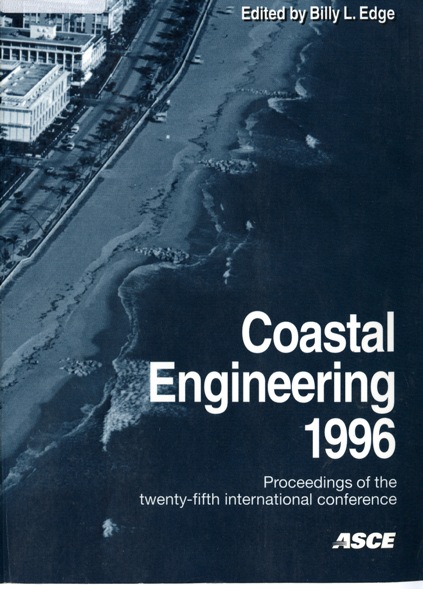Abstract
Traditional coastal engineering concerns at tidal inlets include navigation and channel maintenance. Today coastal engineers are faced with new concerns such as adjacent shoreline impacts, water quality, and wetlands preservation. The development of new engineering tools to address these problems depends on improved understanding of tidal inlet processes. A necessary component of this research is comprehensive field measurement of the complex hydrodynamic and sedimentation processes at tidal inlets (Mehta, 1995). The field measurement work unit of the Coastal Inlets Research Program (CIRP) of the US Army Corps of Engineers is a coordinated effort to acquire a comprehensive data set of physical inlet processes. The measurements will be used to evaluate and refine existing process models and motivate new predictive methods. A wide range of approaches must be served by common measurements. These include physical, numerical, analytical, empirical, semi-empirical, and hybrid models. Field data are required for development, calibration, and validation. This paper describes the planning, site selection, and design of the study. Preliminary results from the first year of data collection are presented. It is intended as a reference for investigators using the data. Problems as well as successes are described so that future studies will hopefully improve on the efforts described here.
Authors retain copyright and grant the Proceedings right of first publication with the work simultaneously licensed under a Creative Commons Attribution License that allows others to share the work with an acknowledgement of the work's authorship and initial publication in this Proceedings.

